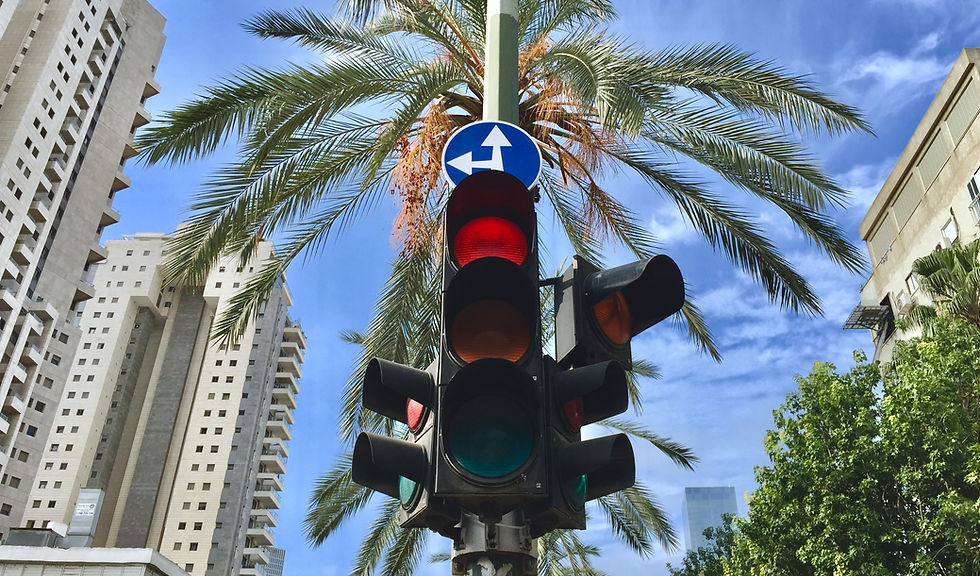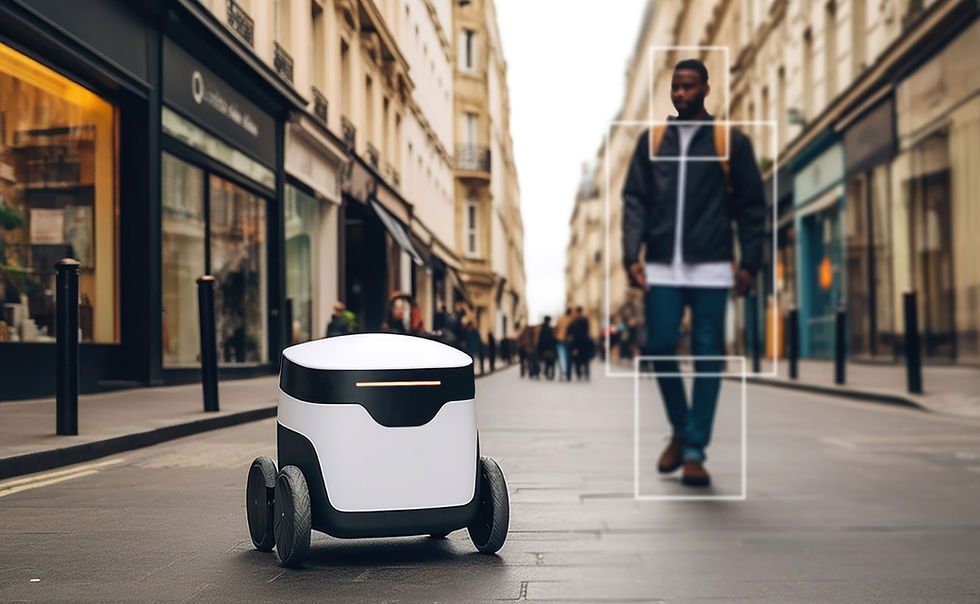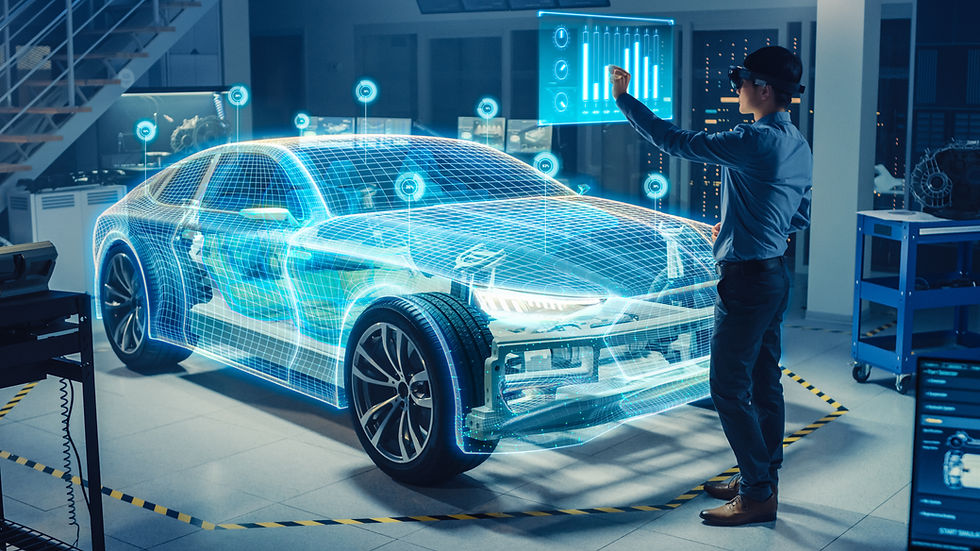Reimagining Traffic Management: Generative AI and Urban Infrastructure
- Shreshth Virmani
- Aug 24, 2023
- 3 min read

In the bustling landscape of urban mobility, a new era of traffic management is unfolding—Generative Artificial Intelligence (AI) is reshaping the way we navigate and optimize transportation systems. This article embarks on a transformative journey through the world of traffic management and urban infrastructure, unveiling how the fusion of cutting-edge technology and predictive insights is redefining the way we alleviate congestion, enhance safety, and streamline urban mobility. From intelligent traffic signal optimization to dynamic infrastructure planning, Generative AI is nurturing a future where cities are seamlessly connected and transportation flows with unprecedented efficiency.
Introduction: Generative AI's Influence on Traffic Management
Traffic management in densely populated urban areas is an intricate challenge that demands innovative solutions. As cities grow and mobility patterns evolve, the need for intelligent traffic management becomes imperative. Generative AI emerges as a beacon of transformation, collaborating with city planners, engineers, and transportation experts to orchestrate a paradigm shift in how traffic is managed. Through predictive algorithms and data-driven insights, Generative AI offers unprecedented efficiency in mitigating congestion and ensuring smooth mobility.
Intelligent Traffic Signal Optimization: Eliminating Bottlenecks
One of the most impactful applications of Generative AI in traffic management lies in the optimization of traffic signals. Traditionally, fixed signal timings often lead to congestion and inefficiencies. Generative AI dynamically analyzes real-time traffic data, identifying patterns and predicting congestion-prone areas. This enables traffic signals to be adjusted in real-time, allowing for smoother traffic flow, reduced wait times, and decreased fuel consumption.
Dynamic Infrastructure Planning: Future-Ready Urban Mobility
Urban infrastructure planning takes a leap with AI foresight. Generative AI assimilates data on population growth, transportation trends, and emerging technologies to design dynamic infrastructure plans. These plans account for future transportation needs, seamlessly integrating public transit, cycling lanes, and pedestrian walkways to create holistic mobility solutions.
Parking Optimization and Navigation: Simplifying City Access
Parking woes are addressed by AI precision. Generative AI analyzes parking data, guiding drivers to available parking spots in real-time. This not only reduces the search for parking
but also minimizes traffic congestion caused by aimless circling in search of a space.
Public Transit Enhancement: Elevating Accessibility
Public transit experiences a renaissance with AI enhancement. Generative AI analyzes ridership data to optimize routes, schedules, and capacity planning. This ensures that public transit remains a viable, efficient, and eco-friendly mode of transportation.
Technology Company's Role: Shaping Smart Cities
Technology companies play a pivotal role in this transformation. They collaborate with city planners to integrate Generative AI into traffic management systems, enhancing real-time decision-making and traffic flow optimization. This partnership ensures that AI becomes an integral facet of building smart and efficient urban infrastructure.
Safety Augmentation: Redefining Urban Safety
Generative AI enhances safety protocols. By analyzing real-time traffic data and predicting potential collision points, AI-generated insights aid in designing safer intersections, pedestrian crossings, and roadways.
Ethical Considerations: Guiding AI's Impact on Traffic Flow
As Generative AI transforms traffic management, ethical considerations arise. Ensuring AI-generated recommendations prioritize safety, addressing concerns of data privacy and fairness in traffic optimization, and involving communities in decision-making are essential.
Conclusion: Paving the Way for Seamless Mobility
Generative AI's impact on traffic management is akin to orchestrating a symphony of urban mobility. As intelligent traffic signal optimization, dynamic infrastructure planning, and parking navigation converge, they nurture a future where cities are intricately connected, traffic flows seamlessly, and transportation becomes a harmonious part of urban life.




Comments